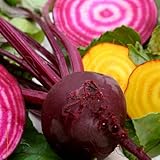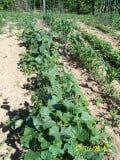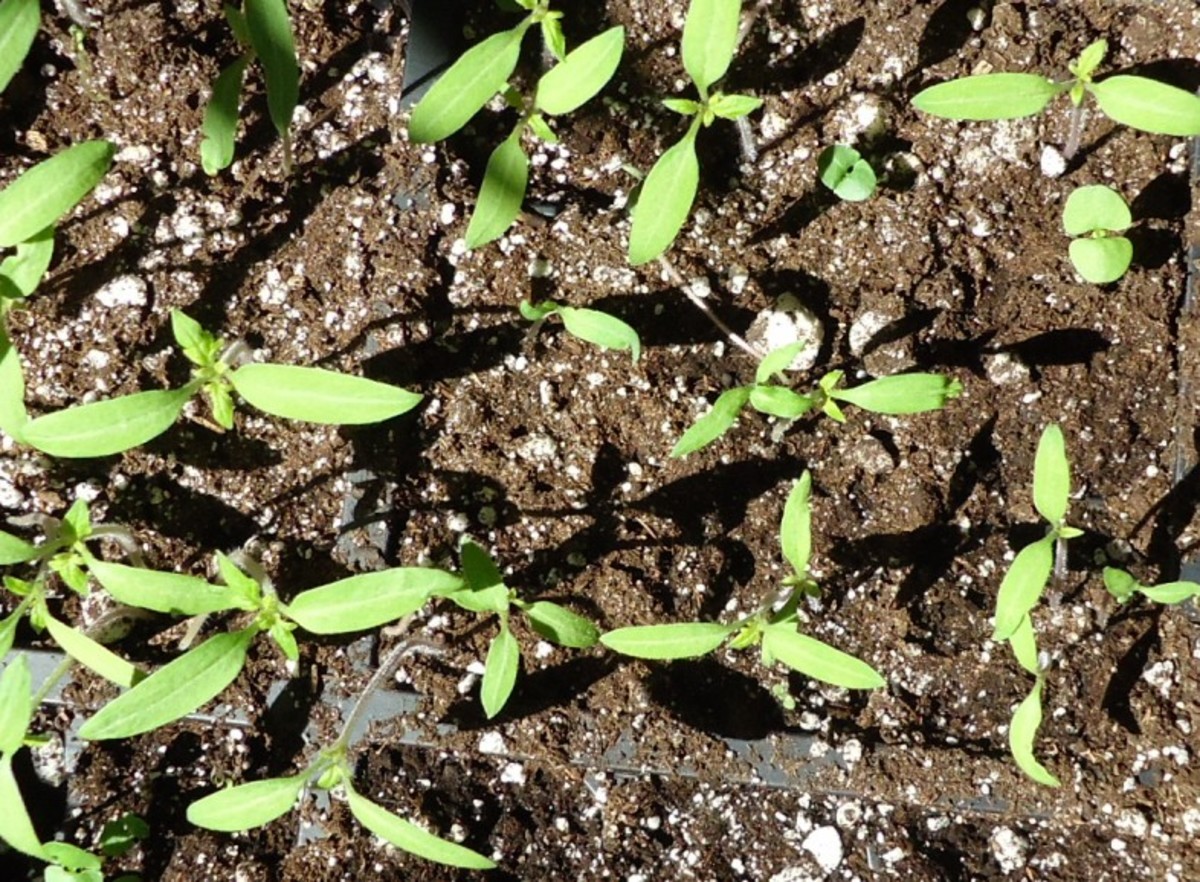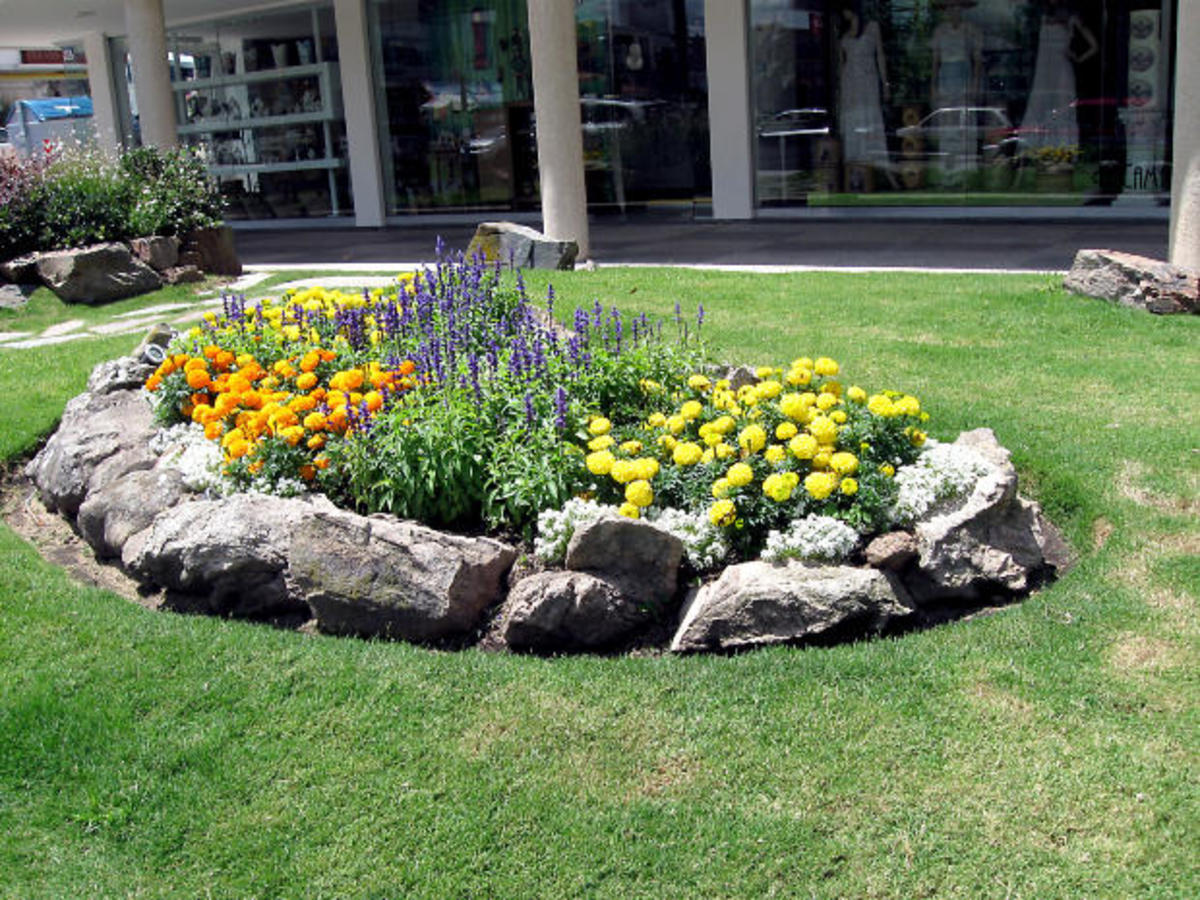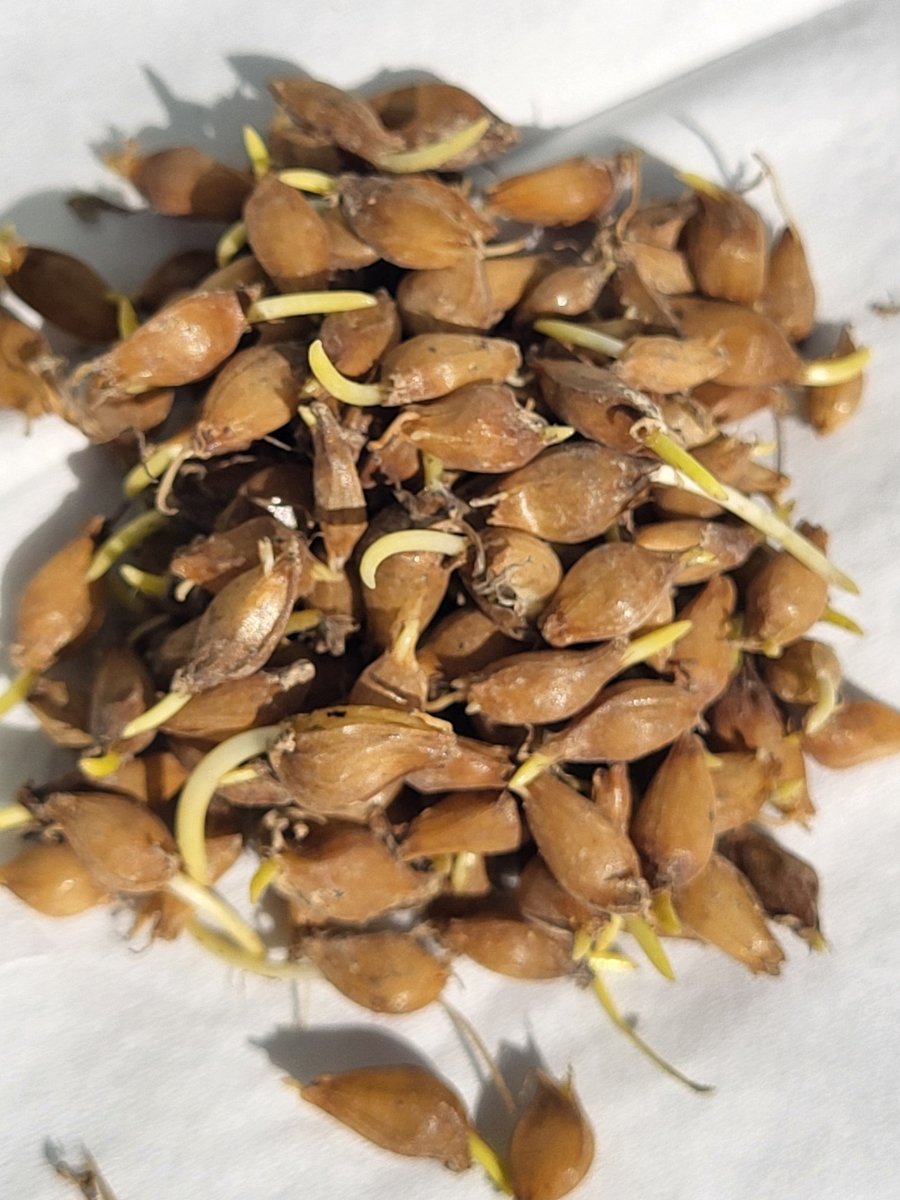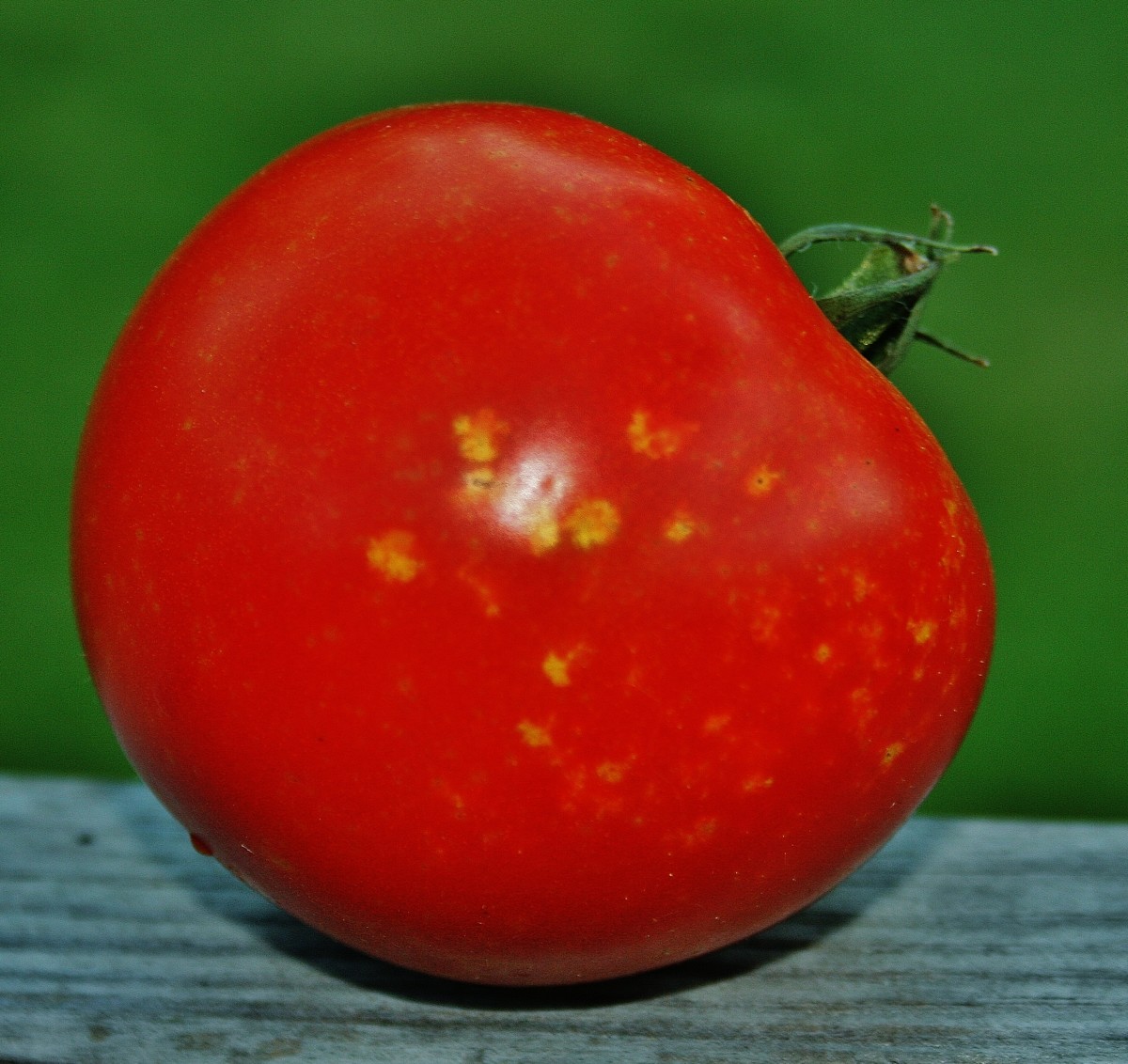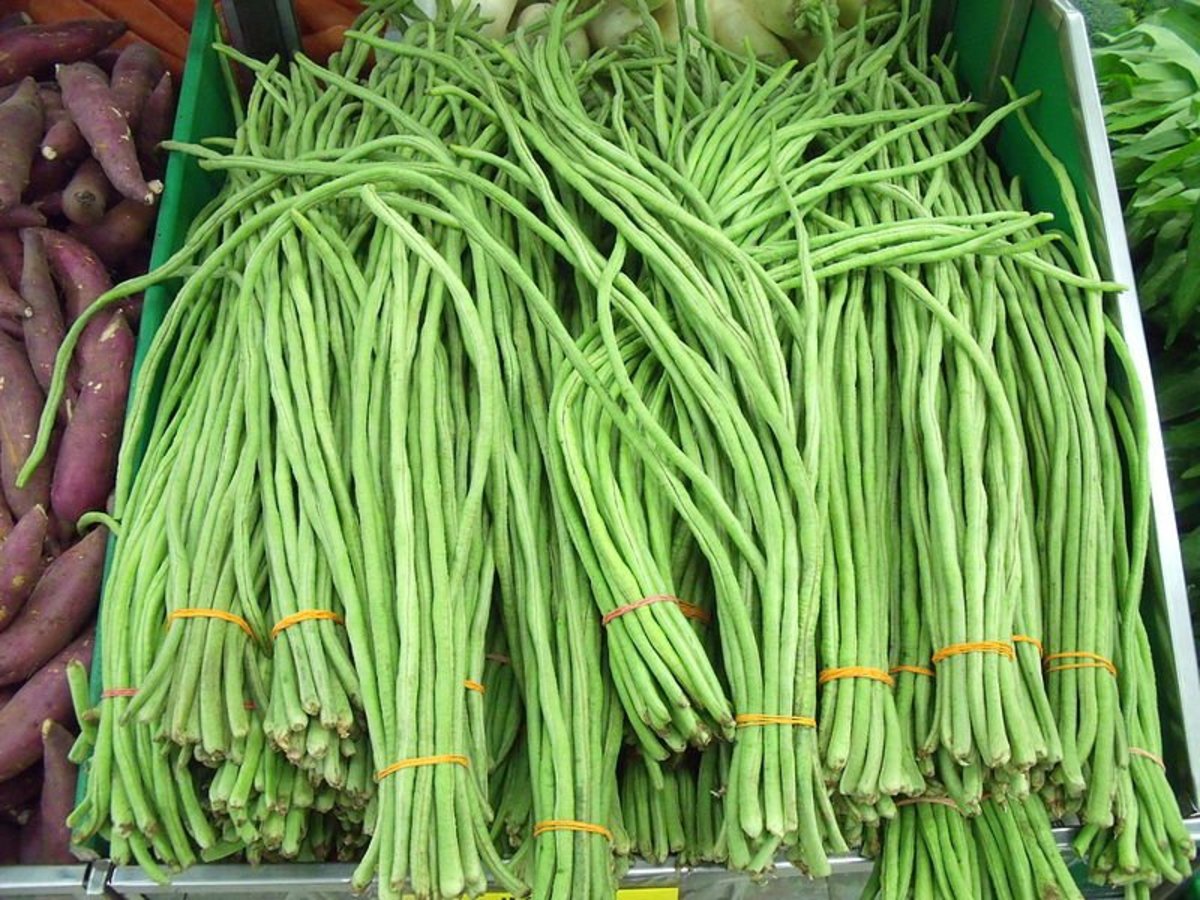Tips for Growing Better Beets
Beets
The beet is a very popular garden vegetable with almost every part of it able to be consumed by those who want to prepare it in a variety of ways; depending on the specific dish you're attempting to make.
In the United States it is called by a number of different names, including red beet, blood turnip, and garden beet, among others. Some people are so fond of them they have a place for them in an array of meals.
The versatility of the beet offers many choices as to the way they're presented and consumed, such as slicing them up in several different patterns, or using the greens of the vegetable in numerous meals and dishes. I've known those who also squeeze the liquid out of the beet to make juice to drink. Salads are another popular choice for the beet.
Beets are a great source of folate and fiber, as well as vitamin A and vitamin C.
Beet Seeds
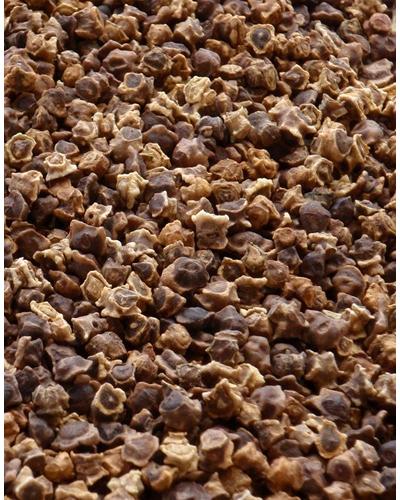
Beet Seeds
If you have never planted beets, what is called the seed is actually a group of seeds residing in a dried fruit, as you see to the right.
This causes several seedlings to grow and compete against one another, so some seed companies now offer individual seeds to remove that extra step of thinning them.
If you're growing the group of seeds, just wait to see which of the shoots are the strongest and go with that one.
When to Plant Beets
Beets grow well in cool or warm weather, but the seedlings do far better in cooler, moist weather, so planting the hardy plant about a month before the last frost is a good time to place them in the ground.
To get a successive harvest during the growing season, as with other plants, sow them about three weeks or so apart to guarantee a steady supply. You can plant them until about the middle of summer, although the germination rate may be slightly less because of the hotter conditions.
They can be helped along in the warmer months by watering them.
How to Plant Beets
Beet seeds should be planted about half an inch deep and about an inch or so apart. Don't be concerned about being overcrowded, as there is an inch of space on either side to give it room to grow. If you prefer, you can space them a little further apart to give you peace of mind.
You won't want your beets to grow over about 3" in diameter anyway, as they can start to toughen up and not taste as good as their smaller counterparts. As for width between rows, if you have more than one row, place them at least a foot to eighteen inches apart.
Be careful not to plant them too deep or you'll get poor results.
To protect against crusting from hard rains, some gardeners protect the seeds by laying something long and wide across them before they emerge, e.g., a board. Check them consistently because when the first seedling emerges you need to remove the object chosen to protect the seeds quickly.
What to Watch For with Seedlings
Seedlings of beets are apt to break the ground during different times, so you may end up with a variety of sizes for your stand of beets. Don't worry about that as it'll even help spread out the harvest some for your original planting.
Don't assume you've lost a lot of beets, as they may not emerge until later than some of the other beet seedlings.
This is why, especially if you're planning on canning the beets, you should grow some extra beets to compensate for the different maturing times.
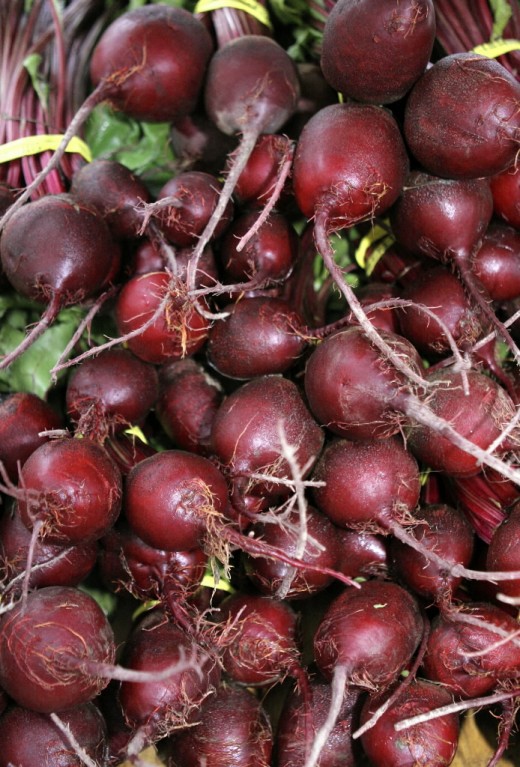
Thinning Beets
Growing beets is labor intensive because the stand in almost every case needs to be thinned out.
If you decide to wait longer, you can thin when the seedlings are 3 inches taller or a little more, and then they'll have enough greens to be used for salads or cooking up. There are those who pull up the greens and beet together and use them as a whole, foregoing separating them.
When thinning, be sure to end with spacing of at least 1 inch between plants.
Many gardeners don't know you can transplant beets. You have to be careful if you attempt it because the roots must be situated in a vertical manner so the beets will form as they should.
Beet Care
Another part of the labor intensive aspect of beets is the need to cultivate them. They don't do well when having to compete with weeds, so they will have to be kept clean; especially when they are smaller and earlier in growth.
Beets have shallow roots so care must be taken when you cultivate close to the vegetable. If you do this consistently and shallowly earlier in the growing season, they should do well as they grow to larger sizes.
If you allow weeds to get too large you may as well leave them, because when you cultivate them deeply they'll probably damage the shallow roots of the beet. That's why cultivation needs to be done consistently earlier in the season in order to avoid uprooting the beets later on.
Water and Fertilizer
Beets require good, fertile soil to thrive, so picking a good spot is essential. But they also need to have a strong dose of potassium for best results.
Consistent and uniform watering will result in the best beets, in contrast to only occasionally watering with different depth levels.
Harvesting Beets
One great thing about beets, is once they start to mature there is no right time to pick them, as it depends upon the goal of each individual gardener in what they want to use them for at different stages of maturity.
The majority of beet varieties will mature in about 53 to 65 days. At that time they will reach a diameter of around 1 1/2 inches. This is the most preferable size for gardeners, as far as whole beets go, being at their best-tasting.
If you have your beets spaced nicely and relatively free of competing weeds, you can leave them in the ground a little longer and get some in the 3 inch in diameter range.
Although there are exceptions, it's best not to attempt to grow them any larger, as the beet will get fibrous and hard.
Storing Beets
Beets can be stored fairly long in a refrigerator if placed in a polyethylene bag, sometimes up to a month.
The problem is the longer they are stored the less tasty they'll be. It's best to use the beets at a week or less of storage length in order to get the best taste from them.
Another way to successfully store beast is in an outdoor pit built for that purpose. This must be done before the first freeze hits.
It's best to cut the beet tops off about 1" above the roots whether storing them indoors or outdoors. Beets prefer humidity of about 95 percent when being stored, and a temperature of a little above 32°F. Never let them freeze.
Beets
Because there are so many ways to present and use beets, they are among one of the more desired and versatile of all vegetables.
It works well in a larger number of salads and meals, and is a staple of Russian borscht.
The juice of the beet is also highly sought after as a drink by a lot of fans, and is a favorite among those who enjoy canning.
Add to that the many nutritional benefits of the beet, and you have a great vegetable choice for any garden and family.

